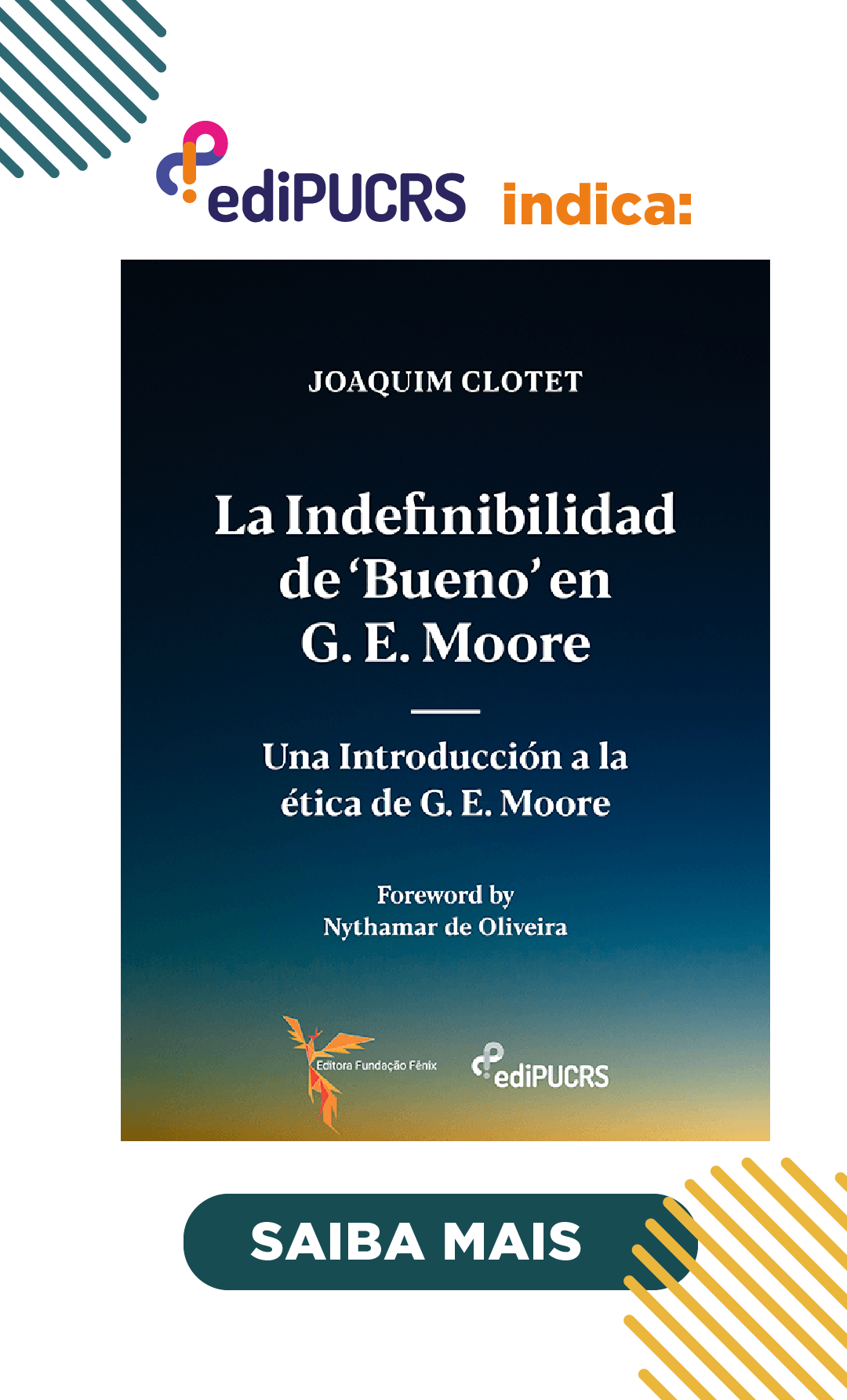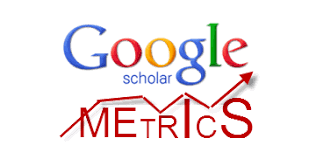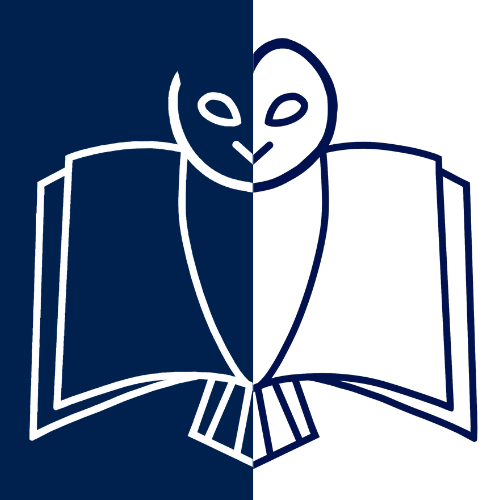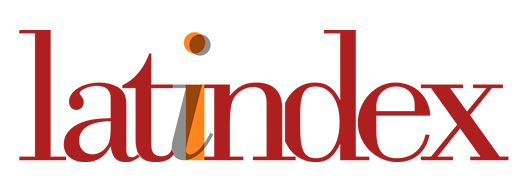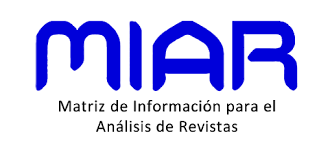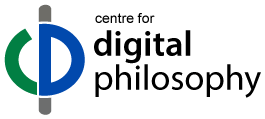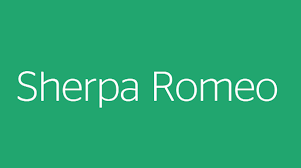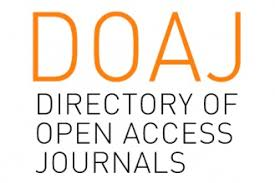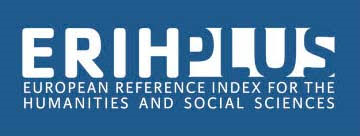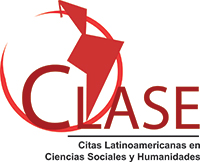O “sujeito científico” no sistema filosófico de A. Badiou: o caso da biolinguística chomskyana
DOI:
https://doi.org/10.15448/1984-6746.2016.3.26228Palavras-chave:
ontologia, subjetividade, genericidade, biolinguística, Chomsky, identidade.Resumo
Neste artigo argumenta-se que o programa biolinguístico de Noam Chomsky contém uma ontologia subjacente cuja implicação diz respeito a uma transformação radical da noção de sujeito e da categoria de identidade que lhe sustenta, assim como da noção kuhniana de ciência normal. De fato, um dos desafios de uma ontologia estruturalista da qual Chomsky é pessoalmente distante, mas formalmente próximo, é de transpor as teses sobre o real da questão do ser e do acontecimento para um realismo, campo que proporciona as condições de criação de um sujeito diferencial e genérico pela geração de estruturas sintáticas elementares projetadas em séries de palavras. Desta forma, a capacidade linguística auxilia na produção e na criação da identidade. Argumenta-se que o programa biolinguístico é ainda revolucionário no sentido em que despertou e perpetuou uma nova figura subjetiva da ciência, isto é, uma figura emancipadora do sujeito pensado pela ciência em relação à qual uma ontologia fundamental só pode se adequar na base da multiplicidade, tal como tem feito Alain Badiou.
Downloads
Referências
ANTONY, L. B.; HORNSTEIN, N. Chomsky and his Critics. New York: Routledge, 2003. DOI: https://doi.org/10.1002/9780470690024
ARISTÓTELES. Metafísica. Org. G. Reale. Trad. M. Perini. São Paulo: Loyola, 2002.
BADIOU, A. L’Être et l’événement. Paris: Éd. du Seuil, 1988.
______. Manifeste pour la philosophie. Paris: Éditions du Seuil, 1989.
______. "Y a-t-il une théorie du sujet chez Canguilhem”. In: L’Aventure de la philosophie française: depuis les années 1960. Paris: La Fabrique, 2012.
BERWICK, R.; CHOMSKY, N. “Foreword”. In: BOLHUIS, J.; EVERAERT, M. Birdsong, Speech and Language: Exploring the Evolution of Mind and Brain. Cambridge, Mass.: MIT Press, 2013. pp. ix-xii.
______. Why Only Us: Language and Evolution. Cambridge, Mass.: The MIT Press, 2016.
BERWICK, R.; CHOMSKY, N.; PIATTELLI-PALMARINI, M. “Poverty of the stimulus Stands: Why recent Challenges Fail”. In: PIATTELLI-PALMARINI, M.; BERWICK, R. (eds.). Rich Languages from Poor Inputs. London: Oxford University Press, 2015. p. 19-42.
BOECKX, Cedric. “Some Reflections on Darwin’s Problem in the Context of Cartesian Biolinguistics”. In: BOECKX, C.; SCULLY, A.-M. The Biolinguistic Enterprise. New Perspectives on the Evolution and Nature of the Human Language Faculty. London: Oxford University Press, 2011. p. 42-64.
BOECKX, C. “Some Thoughts on Biolinguistics”. In: Veritas, 60, 2 (2015), p. 207-221. DOI: https://doi.org/10.15448/1984-6746.2015.2.22006
BOECKX, C.; SCULLY, A.-M. (eds.). The Biolinguistic Enterprise. New Perspectives on the Evolution and Nature of the Human Language Faculty. London: Oxford University Press, 2011.
CANGUILHEM, G. Le concept et la vie. In: Revue Philosophique de Louvain, troisième série, 64, 82 (1966), p. 193-223. DOI: https://doi.org/10.3406/phlou.1966.5347
______. Études d’histoire et de philosophie de la science. Paris: Librairie J. Vrin, 1968.
______. Vital Rationalist: Selected Writings from Georges Canguilhem. Edited by François Delaporte and translated by Arthur Goldhammer. New York: Zone Books, 1994.
CHOMSKY, N. Syntactic Structures. The Hague: Mouton, 1957. (2nd ed., 2002). DOI: https://doi.org/10.1515/9783112316009
______. Language and Problems of Knowledge: The Managua Lectures. Cambridge, Mass.: MIT Press, 1988.
______. The Minimalist Project. Cambridge, Mass.: MIT Press, 1995.
______. Perspectives on Power. Reflections on Human Nature and the Social Order. Montréal: Black Rose Books, 1997.
______. “The Mysteries of Natures”. The Journal of Philosophy, CVI, 4 (Apr. 2009), p. 167-200. DOI: https://doi.org/10.5840/jphil2009106416
______. “Three Factors in Language Design”. In: Linguistic Inquiry, 36, 1 (Winter, 2005), p. 1-22. DOI: https://doi.org/10.1162/0024389052993655
______. Sobre natureza e linguagem. São Paulo: Martins Fontes, 2006.
______. The Science of Language. Interviews with James MacGilvray. Edited by N. Chomsky and J. MacGilvray. London: Cambridge University Press, 2012.
______. “What Kind of Creatures are We?: i. What is Language? ii. What Can we Understand? iii. What is Common Good?” In: The Journal of Philosophy, CX, 12 (Dec. 2013), p. 645-700.
CHOMSKY, N.; BERWICK, R. “The Biolinguistic Program: The Current State of its Development”. In: The Biolinguistic Enterprise. New Perspectives on the Evolution and Nature of the Human Language Faculty. Edited by Anna Maria di Sciullo and Cedric Boeckx. London: Oxford University Press, 2011.
CHOMSKY, N.; HAUSER, M.; FITCH, T. W. Appendix. The Minimalist Program. Supplement (online) to Fitch, Hauser and Chomsky’s (2005) reply to Jackendoff and Pinker. (2004).
DEHAENE, S. La bosse des maths. Paris: Odile Jacob, 2010.
______. Le Code de la conscience. Paris: Odile Jacob/Sciences, 2014.
DE LANDA, M. A Thousand Years of Nonlinear History. New York: Swerve Books, 2000.
FITCH, W. T.; HAUSER, M.; CHOMSKY, N. “The Evolution of the Language Faculty: Clarifications and Implications”, In: Cognition, 97 (2005), p. 179-210. DOI: https://doi.org/10.1016/j.cognition.2005.02.005
FOUCAULT, M. Les Mots et les Choses. Une arquéologie des sciences humaines. Paris: Gallimard, 1966.
______. L’ Archéologie du savoir. Paris: Gallimard, 1969.
FREGE, G. Les fondements de l’arithmétique. Trad. par C. Imbert. Paris: Le Seuil/L’ordre philosophique, 1969.
______. (1919). Recherches logiques: La Pensée. In: Écrits logiques et philosophiques. Trad. Claude Imbert. Paris: Points/Essais, 1971.
HALLWARD P.; PENDEN, K. (ed.). Concept and Form. 2 v. New York: Verso, 2012.
HAUSER, M.; CHOMSKY, N.; FITCH, T. “The Faculty of Language: What Is It, Who Has It, and How Did it Evolve?”. Science, 298, issue 5598 (2002), p. 1569-1579. DOI: https://doi.org/10.1126/science.298.5598.1569
JACKENDOFF, R. Foundations of Language. Brain, Meaning, Grammar, Evolution. London: Oxford University Press, 2003. DOI: https://doi.org/10.1093/acprof:oso/9780198270126.001.0001
______. A User’s Guide to Thought and Meaning. London: Oxford University Press, 2012.
KUHN, T. The Road since Structure: Philosophical Essays, 1970-1993, with an autobiographical interview. Chicago, Ill.: University of Chicago Press, 2006.
LASNIK, Howard (with Marcela Depiante and Arthur Stepanov). Syntactic Structures Revisited: Contemporary Lectures on Classic Transformational Theory. Cambridge, Mass.: MIT Press, 2000). DOI: https://doi.org/10.7551/mitpress/6592.001.0001
LENNEBERG, Eric H. Biological foundations of language. New York: John Wiley and Sons, 1967. DOI: https://doi.org/10.1080/21548331.1967.11707799
MAMPE, Birgit; FRIEDERICI, Angela D.; WERMKE, Anne Christophe; WERMKE, Kristine. Newborns’ cry melody is shaped by their native language. Current Biology, 19, 23 (2009), p. 1994-1997. DOI: https://doi.org/10.1016/j.cub.2009.09.064
PÄÄBO, S. Neanderthal Man: In Search of Lost Genome. New York: Basic Books, 2014.
PETITTO, Laura Anne. “How the brain begets language”. In: The Chomsky Reader. Ed. James McGilvray. Cambridge: Cambridge University Press, 2005. p. 85-101. DOI: https://doi.org/10.1017/CCOL0521780136.005
PIATTELLI-PALMARINI, M.; URIAGEREKA, J. “A Geneticist’s Dream, a Linguist’s Nightmare: The Case of FOXP2”. In: BOECKX, C.; SCULLY, A.-M. The Biolinguistic Enterprise. New Perspectives on the Evolution and Nature of the Human Language Faculty. London: Oxford University Press, 2011. p. 100-125.
PINKER, S.; JACKENDORFF, R. “The Faculty of Language: What’s Special about it?”. In: Cognition, 95 (2005), p. 201-236. DOI: https://doi.org/10.1016/j.cognition.2004.08.004
PUTNAM, H. The Many Faces of Realism. La Salle, Ill.: Open Court Press, 1987.
RORTY, R. Philosophy and the Mirror of Natures. Princeton, NJ: Princeton University Press, 1979.
TAYLOR, C, The Language Animal: The Full Shape of the Human Linguistic Capacity. Cambridge, Mass.: Harvard University Press, 2016. DOI: https://doi.org/10.4159/9780674970250
VAN FRASSEN, B. “The Transcendence of the Ego: the non-Existent Knight”. In: Ratio (new series), XVII, 4 (Dec. 2004), p. 453-477. DOI: https://doi.org/10.1111/j.1467-9329.2004.00265.x
______. “Structuralism(s) About Science: Some Common Problems”. Proceedings of the Aristotelian Society, LXXXI (2007), p. 45-61.
